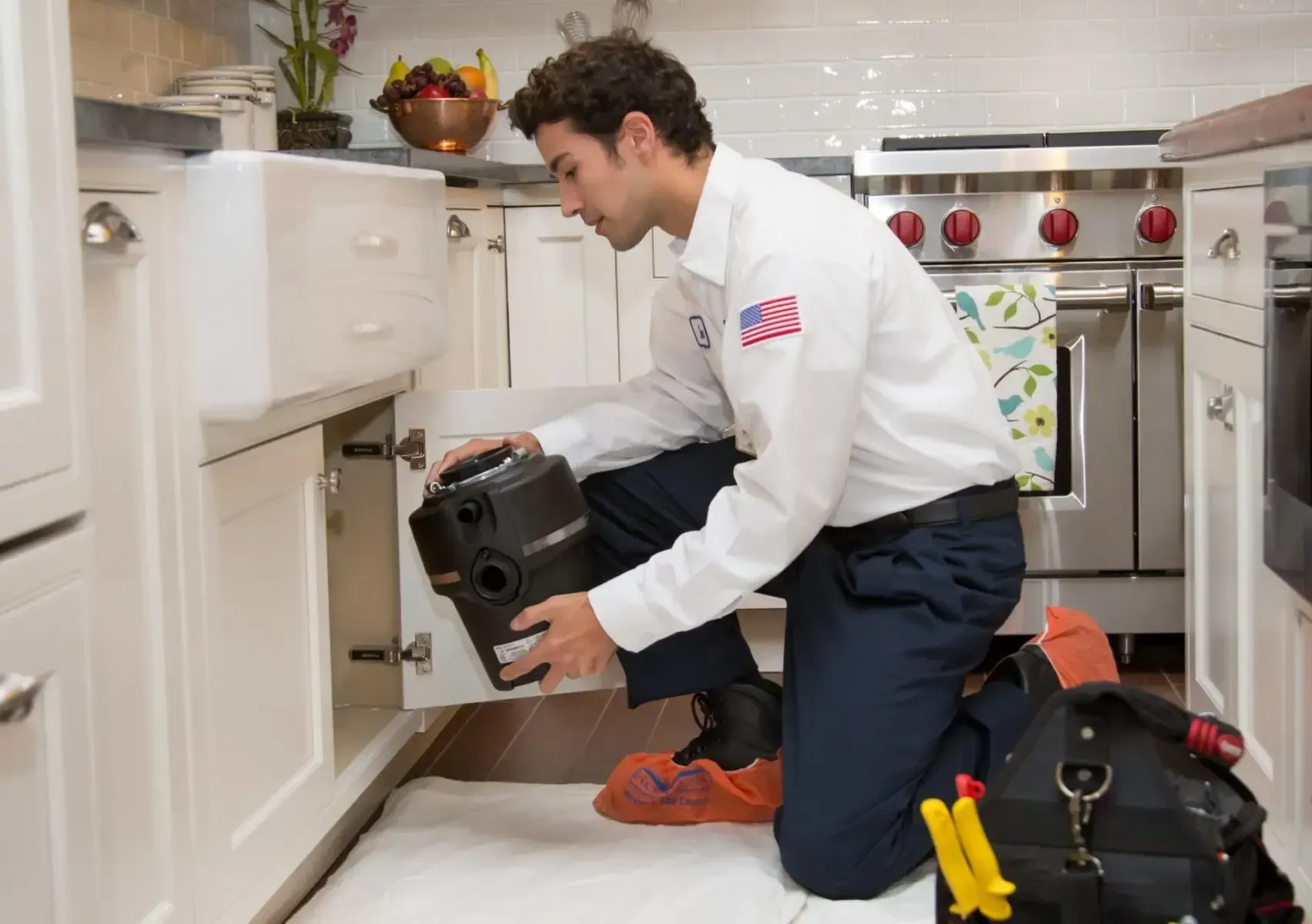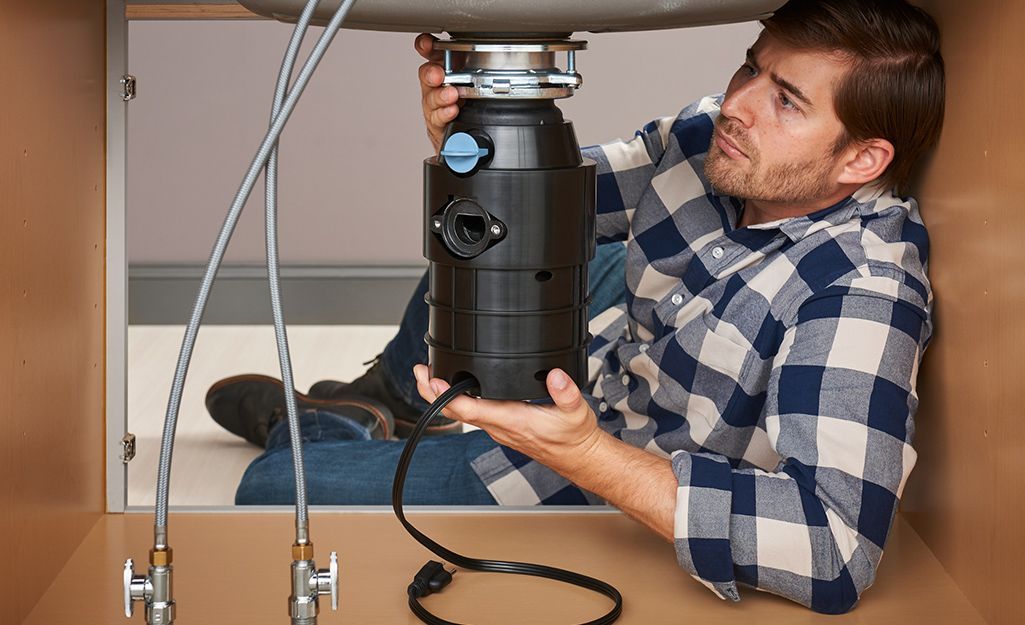Ice machines are a staple appliance in any home or business, providing a convenient source of ice for refreshing drinks year-round. However, like any appliance, ice makers can encounter issues that lead to a meltdown – literally and figuratively. From a sudden stoppage of ice production to a complete breakdown, these malfunctions can put a damper on your plans for chilled beverages. But fear not! In this guide, we'll explore common ice maker problems and provide step-by-step solutions to help you fix your ice maker and keep the drinks flowing.
How Ice Makers Work:
Before delving into troubleshooting and fixes, it's essential to understand the basic operation of an ice maker. Most modern ice makers operate using a similar process. Water enters the ice maker through a supply line, where it's directed to a fill valve. The fill valve then fills the ice mold tray with water. Once frozen, the ice cubes are released into a storage bin, ready to be dispensed.
Problems and Solutions:
No Ice Production:
- Check the water supply: Ensure that the water supply line to the ice maker is connected and turned on. A lack of water flow will prevent ice production.
- Inspect the water inlet valve: The water inlet valve may be clogged or malfunctioning, preventing water from entering the ice maker. Clean or replace the valve as needed.
- Verify freezer temperature: Ice makers require a freezer temperature of around 0°F (-18°C) to produce ice effectively. Adjust the freezer temperature if necessary.
Small or Misshapen Ice Cubes:
- Check water pressure: Low water pressure can result in small or misshapen ice cubes. Inspect the water supply line for any kinks or obstructions and ensure adequate water pressure.
- Clean the ice mold tray: Mineral deposits or debris can accumulate on the ice mold tray, affecting ice cube formation. Clean the tray thoroughly with a mixture of vinegar and water to remove any buildup.
Ice Maker Leaks:
- Inspect water supply line: A leaky water supply line can cause water to drip onto the floor beneath the ice maker. Tighten any loose connections or replace the supply line if damaged.
- Check for clogged drain: If water is leaking from the ice maker, it may indicate a clogged drain tube. Clear any obstructions from the drain tube to allow proper drainage.
Ice Maker Overflows:
- Adjust water level: An overfilled ice mold tray can lead to ice maker overflows. Adjust the water level by turning the fill valve's adjustment screw to decrease the amount of water entering the tray.
- Replace faulty water inlet valve: If the water inlet valve is malfunctioning, it may continue to fill the ice mold tray beyond its capacity. Replace the valve to prevent overflows.
Ice Maker Won't Dispense Ice:
- Check for ice blockage: Ice cubes can become stuck in the dispenser mechanism, preventing further ice dispensing. Clear any obstructions from the dispenser chute and mechanism.
- Inspect dispenser motor: A faulty dispenser motor may prevent ice cubes from being dispensed properly. Test the motor for continuity using a multimeter and replace if defective.
Maintenance Tips:
Regular maintenance is key to preventing ice maker problems and ensuring smooth operation. Here are some maintenance tips to keep your ice maker in top condition:
- Clean the ice maker regularly: Remove any mineral deposits or debris from the ice mold tray and water inlet valve using a mixture of vinegar and water.
- Replace water filters: If your ice maker is equipped with a water filter, replace it according to the manufacturer's recommendations to ensure clean and clear ice.
- Inspect water supply line: Check the water supply line for leaks, kinks, or damage regularly and replace if necessary.
- Keep the freezer temperature consistent: Maintain the freezer temperature at around 0°F (-18°C) to ensure optimal ice production.
- Schedule professional maintenance: Consider scheduling annual maintenance with a qualified technician to inspect and service your ice maker for any potential issues.
Keep the Ice Flowing
A malfunctioning ice maker can quickly put a freeze on your plans for refreshing drinks. However, armed with the knowledge of common ice maker problems and solutions, you can troubleshoot and fix most issues with ease. By understanding how your ice maker works and implementing regular maintenance, you can ensure that your ice maker remains in top condition, providing a steady supply of ice for all your beverage needs. So, the next time your ice maker experiences a meltdown, don't panic – follow these tips to get it back up and running in no time.



